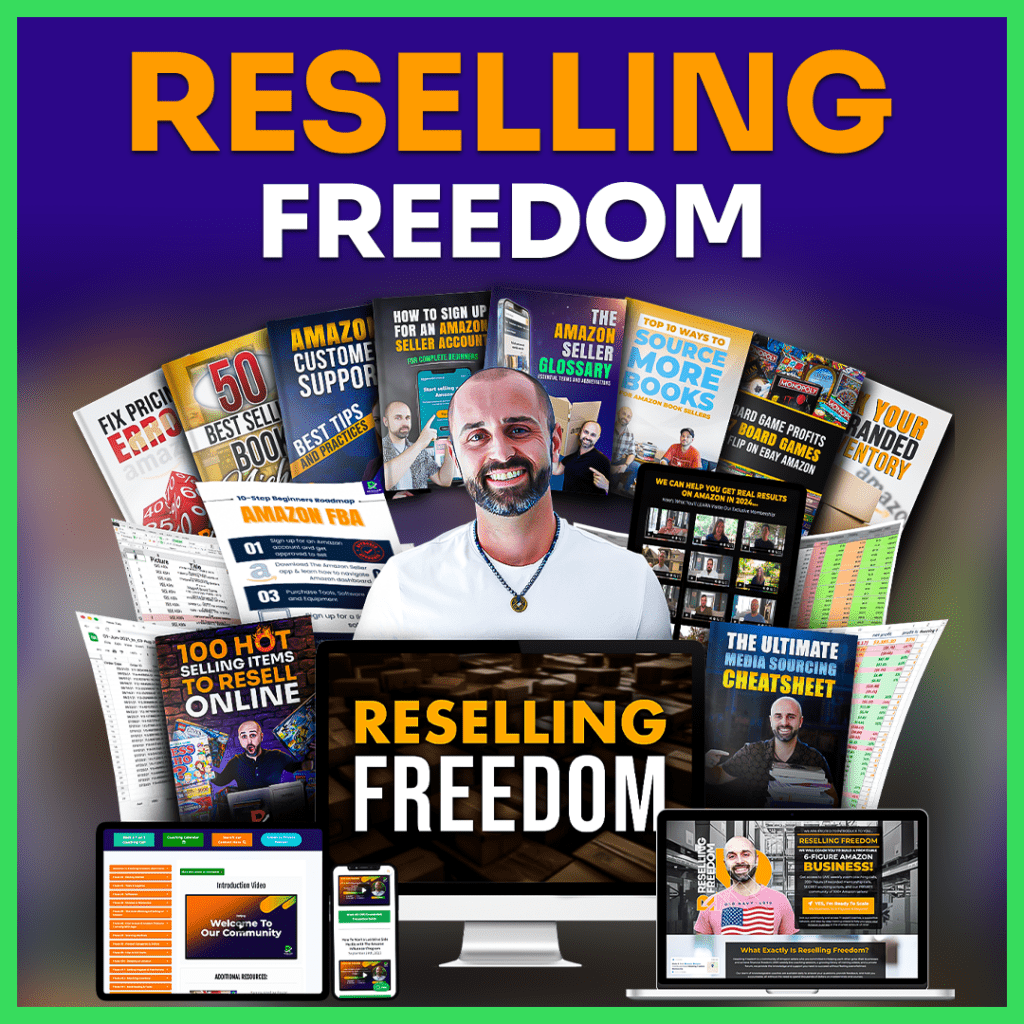
Last year, Amazon hit yet another record in the rapidly growing online retail industry, with total global sales estimated at $ 514 billion.
In this article we are going to talk about how much much does it cost to ship to Amazon FBA.
According to Statista, Amazon leads with a market share of retail e-commerce companies in the US of around 40%.
This shows clearly how important Amazon is in the marketplace. Small and medium-sized independent sellers account for 60% of Amazon‘s sales.
Last year, American sellers sold more than 4.1 billion items to customers around the globe.
Independent sellers typically opt for two methods when selling their products on Amazon: Fulfillment by Amazon (FBA) or Fulfillment by Merchant (FBM).
By enrolling in the FBA program, sellers ship their products to Amazon FBA warehouses and let the company handle storage, packaging, shipping, customer support, and returns.
This method has become extremely widespread due to its convenience and the shipped with Amazon Prime-eligibility status it offers, which can also significantly increase sales.
For new sellers, our Free Amazon Courses is recommended.
FBM, on the other hand, requires sellers to do the storing, shipping, and talking to customers directly.
This way, they manage their own products, but it can take more work or cost them money.
Watch the Video below:
(Click here to watch on YouTube)
Why do some sellers prefer FBA over FBM?
Amazon FBA is seen as a program for sellers since it allows them to concentrate on business development while leaving logistics and customer service in the hands of Amazon.
This saves them both time and resources. If you want to do this well, the first thing is to figure out how to send your inventory to Amazon.
Although doing research on how to ship cheaply is time-consuming, it’s worth putting in the effort.
Selecting the Best Shipping Method
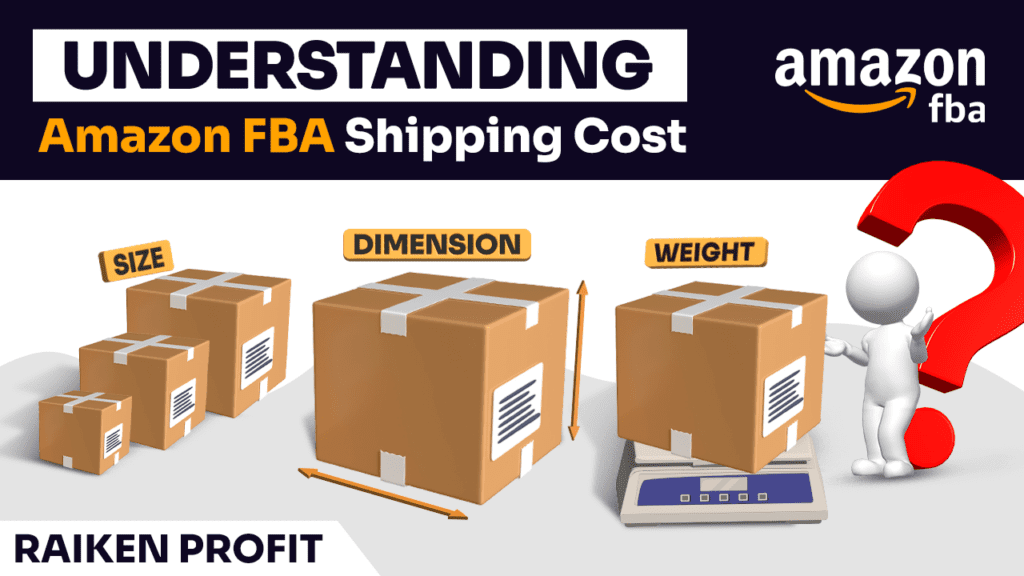
There are three shipping methods, each with its advantages.
Air Shipping: This is usually the choice recommended for lightweight materials that must be shipped fast. Many express shipping services in fact guarantee delivery within two days.
Sea Shipping: If your products are shipped to Amazon overseas, then shipping by sea is a good economical choice. Although it takes longer. It works especially well for heavy items too costly to transport by air.
Land Shipping: If you’re shipping within the nation or even across countries (like from Canada to the United States), land transport is most efficient. Also, if your wholesaler is near an Amazon FBA warehouse, sending by land is always the best option.
Choosing Products by Shipping Cost
In order to reduce shipping costs, it is necessary to understand the characteristics of products.
Oversized heavy, dangerous, or fragile items attract extra shipping costs.
Determining and Calculating Shipping Costs
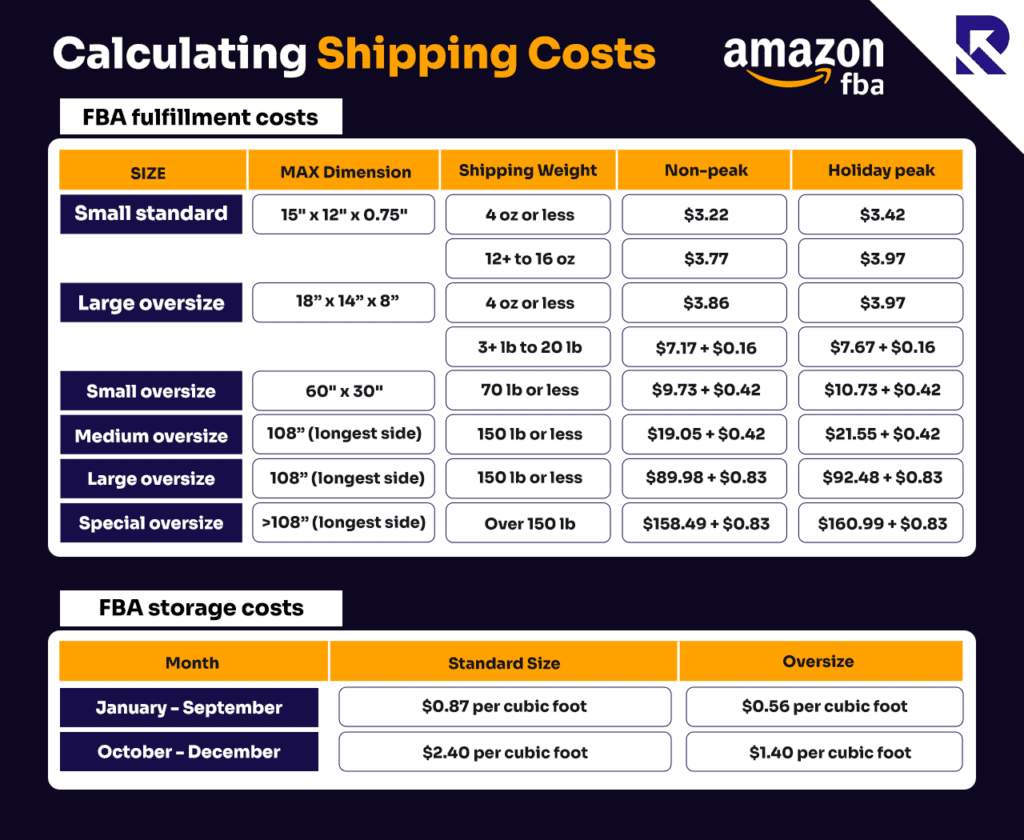
The cost of shipping is influenced by factors such as the size, dimensional weight, and other characteristics of the item.
Prices can range from a hundred dollars to thousands. It’s crucial to have an understanding of the shipping expenses associated with a product before making a purchase decision.
Choosing a Shipping Provider
If you are working with an Alibaba supplier, they may be able to help arrange the shipping for you.
You might, in fact, be better off using the services of a shipping agent or freight forwarder.
They’ll be able to find competitive freight costs as well as take care of customs clearance, import duties and taxes for you.
We’ll focus here on land shipping routes.
Who pays for the shipments to Amazon warehouses from independent sellers?
The costs of shipping their inventories to Amazon for fulfillment by Amazon warehouses are the responsibility of sellers.
This is in addition to Amazon fulfillment fees, such as storage fees and distribution costs. Sellers have two options for shipping their products to various Amazon warehouse locations: via Amazon’s Partnered Carrier Program or choosing non-partner carriers.
There are both advantages and disadvantages to each choice, as well as costs.
What is the Amazon Partnered Carrier Program?
In the United States and eligible countries, discounted shipping rates are provided for FBA sellers through Amazon's Partnered Carrier Program (APCP).
This program is associated, among others, with leading carriers such as UPS, FedEx, and DHL.
It mainly cuts and simplifies shipping costs. If you join this program, Amazon is able to help drive down shipping costs by taking advantage of its shipping volume.
In addition, the application has functions that enhance your shipping management and make it easier for customers.
If you are considering the Amazon Partnered Carrier Program, here is an overview of its shipping options:
Small Parcel Deliveries (SPD): This is the ideal solution for small loads. You have to individually label each box. The estimates are based on the shipment weight.
For large shipments, choose Truckload (FTL) or Less Than Truckload (LTL). These require such things as a dock and forklift, plus they must meet certain standards.
The Freight Class System used in this program is determined through risk assessment, and billing reflects these classifications.
The Amazon Partnered Carrier Program has more than 20 carriers providing LTL and FTL services.
What advantages does the Amazon Partnered Carrier Program (APCP) offer?
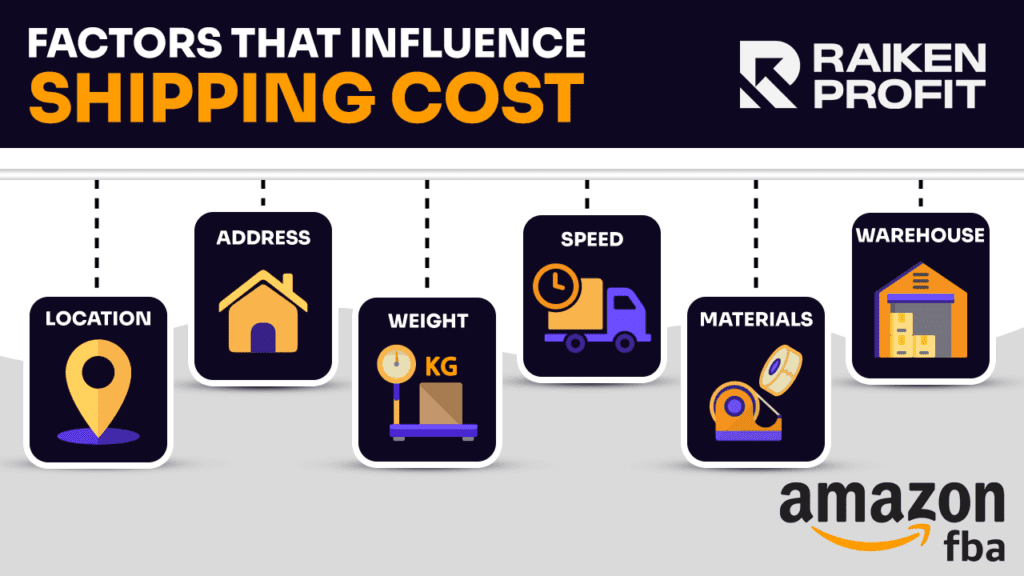
Overall, there are benefits associated with the Amazon Partnered Carrier Program (APCP) compared to carriers not partnered with Amazon. Here are some of them:
Discounted Shipping Rates: APCP taps into Amazon’s mammoth shipping volumes, granting you discounts (that solo sellers can only dream of!)… a bit like getting a wholesale rate for your personal shopping.
Seamless Integration: This program is like a well-oiled machine – it fits snugly into the Amazon FBA system. From printing labels to scheduling pickups, it’s all managed from the Amazon Seller Central hub – your command center.
Reliability and Speed: In the eCommerce race, APCP is your ‘trusty thoroughbred.’ Speed and reliability? Check and check. This means your products get to the Amazon fulfillment centers in a timely fashion.
Enhanced Tracking and Visibility: It’s the era of information, and APCP doesn’t skimp on it. Track your shipments like a detective, with detailed updates at every stage. Never again will you wonder, “Where in the world is my cargo?”
Compliance and Reduced Risk: Aligning with Amazon’s standards is a must, and APCP has got this covered. It’s like having a guidebook for a foreign country – it helps you navigate the dos and don’ts and ensures your inventory is sale-ready.
How much does it cost to ship a cargo through the APCP to Amazon?
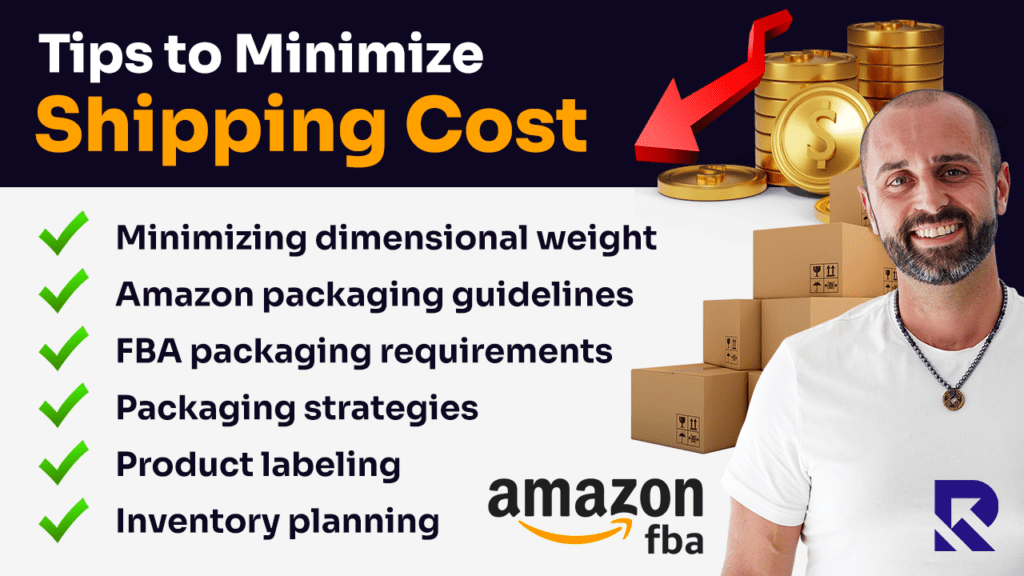
When it comes to estimating shipping costs for sending inventory through the APCP, Amazon provides an estimate before billing.
To determine the cost of sending items for sale to Amazon FBA, you can follow these steps within your Amazon Seller Central Account:
Utilize the Shipment Creation Workflow: When you create a shipment from Seller Central intended for FBA, the platform will guide you through a series of questions. Upon completing this process, Amazon will provide an estimated shipping cost through its Carrier Program.
For dimensions and weight, you can check shipping rates based on scenarios:
Small Parcel Deliveries (SPD): The charges depend on factors such as the pickup store, destination Amazon fulfillment center, and number of boxes.
Less Than Truckload (LTL) or Full Truckload (FTL) Shipments: If you are shipping larger quantities, obtaining a quote requires providing information about pickup and destination locations, pallet size, and total weight.
In my experience, with the APCP I typically send boxes that include a range of 20 to 40 items. These boxes come in dimensions of 16x12x12 inches and medium dimensions of 18x18x16 inches.
Normally I pay $7 to $12 per box which is approximately equivalent to 30 cents, per pound.
This example demonstrates the cost effectiveness of using the APCP for box sizes and shipping quantities.
Before sending your items to Amazon FBA it's important to be aware of any charges that might apply such as product labeling, and fees for handling.
Additionally make sure you allocate time to properly prepare and package your goods according to Amazon packaging requirements and put the shipping address clearly on the boxes.
It's an idea to stay updated on shipping rates as they can change periodically.
This becomes more crucial if you're planning a shipment or if there have been changes in shipping policies and fees.
By staying informed about these factors and utilizing the prompts, in Amazon Seller Central you'll gain an understanding of the actual costs involved in sending your items to FBA.
What is the purpose of Amazon's Inventory Placement Services (IPS)?
The IPS service is primarily aimed at sellers who utilize the Fulfilled by Amazon program.
Usually when sellers ship their products to Amazon the items are distributed across Amazon fulfillment centers.
However with IPS sellers have the choice to consolidate all their inventory into a designated Amazon fulfillment center.
From there it becomes Amazons responsibility to redistribute these products throughout its network of Amazon fulfillment centers.
Sellers who find it difficult to divide their inventory and send goods across different locations may benefit from this service, which makes things easier for logistics.
But one has to keep in mind that using IPS entails additional fees, and these differ depending on the size and weight of what's being shipped.
Integrated Pick and Pack can make shipping more convenient for sellers, but this may result in an increase in FBA costs.
What are the fees associated with the Inventory Placement Service (IPS)?
While its fees are higher than that of other Amazon shipment services, the following pricing structure is used by Amazon's Inventory Placement Service (IPS).
The rate for ordinary items is $0.30 per lb or less in weight. If the items weigh between 1 and 2 lbs, then $0.40 is charged.
For items above 2 lbs, it’s $ 0.40, and an additional charge of $ 0.1 per lb for any amount over 2 lbs.
For large items, the price is $ 1.30 for goods up to 5 lbs and an additional charge of $0 .20 per lb above that.
What is the procedure for turning on the Inventory Placement Service (IPS)?
To enable the Inventory Placement Service (IPS) in Amazon Seller Central, follow these steps:
- Login to your Seller Central account.
- Go to the "Settings" tab. Select "Fulfillment by Amazon."
- Click on Edit in the "Inbound Settings" menu.
- Under the Inventory Section, choose "Inventory Placement Service".
- Press the 'Update' button to save your changes.
Furthermore, Amazon has announced that starting in April 2024, they will be making changes to their Inventory Placement Service (IPS).
Summary
To sum up, shipping to Amazon FBA presents a number of considerations for independent sellers.
The convenience of the logistics provided by Amazon's FBA program has made it a popular choice: storage, packaging and customer service are all handled in one place.
As a seller, you have all kinds of shipping options from which to choose: air transport, ocean going ships or land transportation-which fits best for what product and where.
So being familiar with the characteristics and costs of these shipping methods is important.
The Amazon Partnered Carrier Program (APCP) offers lower rates and simplified services for FBA sellers, while the Amazon Inventory Placement Service (IPS), of course is an alternative preferred by those who prefer only to send inventory into a single fulfillment center. Still, both programs have their own costs and considerations.
In the end, sellers must weigh convenience against control and cost when deciding how to ship their products to Amazon FBA.


